Nature never ceases to amaze us with its boundless imagination, creating creatures as bizarre as they are fascinating. From flamboyant color patterns to jaw-dropping adaptations, these animals push the limits of what seems possible. Each one is a testament to the sheer brilliance of evolution, defying conventional expectations of beauty, function, and survival.
1. Leafy Sea Dragon: The Living Seaweed
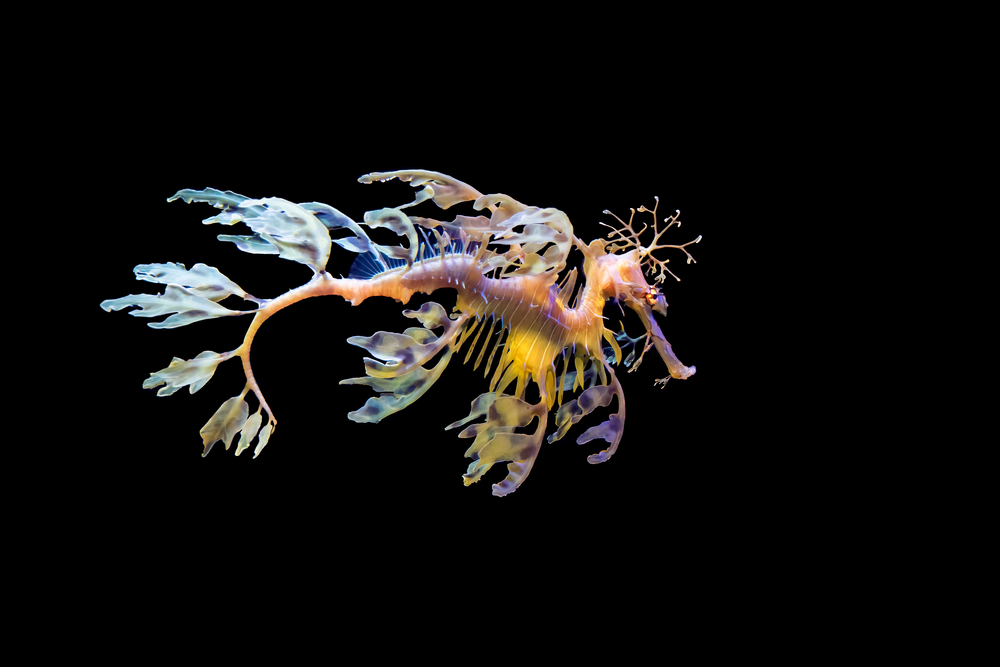
The leafy sea dragon is a master of disguise, looking more like a drifting piece of seaweed than a fish. Native to the waters off Australia, its leaf-like appendages allow it to blend seamlessly into its environment. Despite its fragile appearance, it’s a surprisingly resilient creature, gliding gracefully through underwater forests. Watching one feels like seeing nature’s creativity in motion.
2. Axolotl: The Eternal Youth
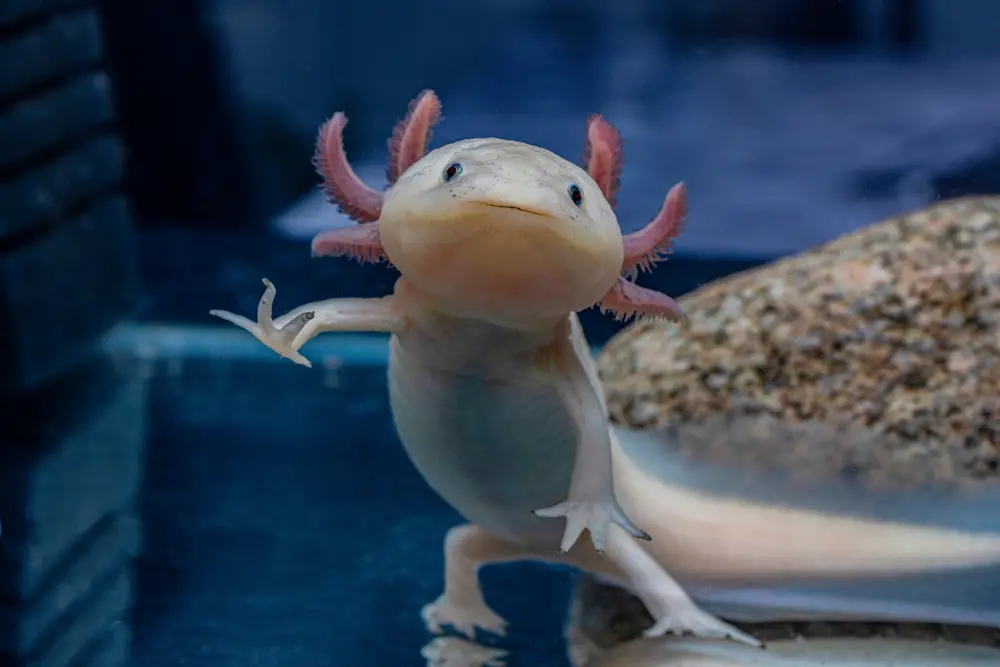
The axolotl is a salamander that never grows up—literally. It retains its juvenile features, like gills, throughout its life in a phenomenon called neoteny. This aquatic creature can regenerate lost limbs, even parts of its heart or brain, making it a biological marvel. With its permanent smile and alien-like appearance, the axolotl feels like a creature out of a fantasy world.
3. Glass Frog: The Transparent Wonder
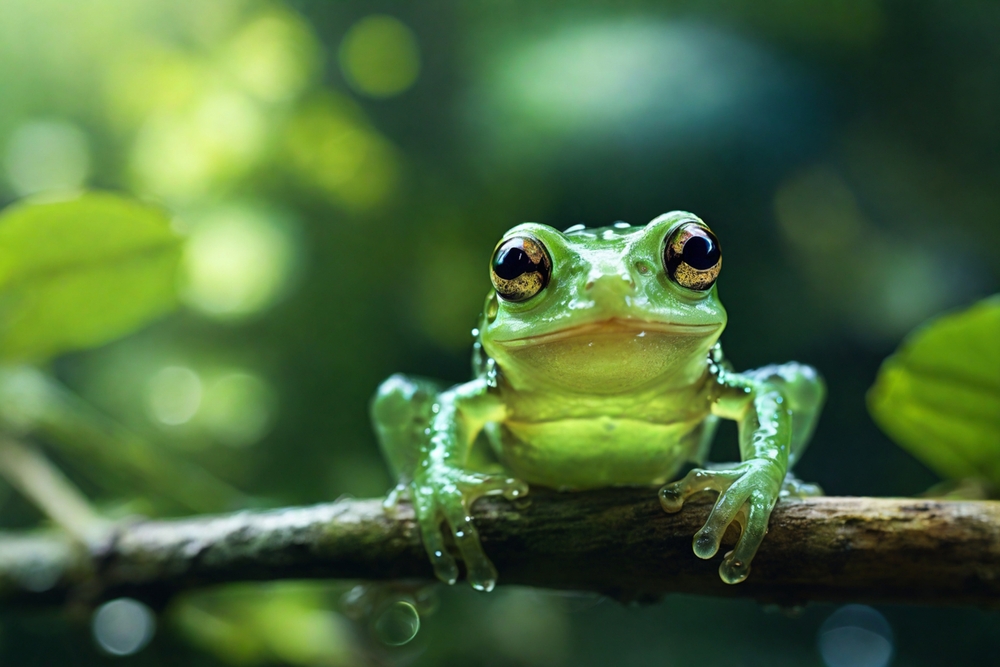
The glass frog lives up to its name with a translucent belly that reveals its internal organs. Found in Central and South America, this tiny frog’s see-through skin offers a glimpse into its delicate biology. Its unique appearance might also serve as camouflage, blending into its leafy surroundings. This natural windowpane is as mesmerizing as it is rare.
4. Shoebill Stork: The Dinosaur Bird
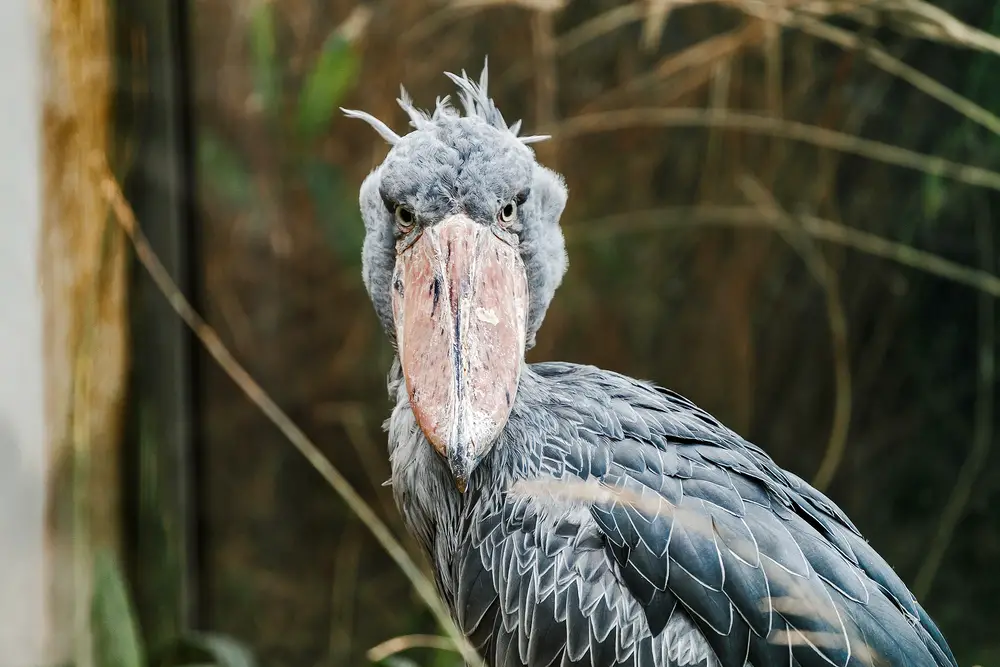
With its massive beak and prehistoric appearance, the shoebill stork looks like a creature from the Jurassic era. Found in the swamps of Africa, its sharp, powerful bill is used to hunt large prey like fish, frogs, and even baby crocodiles. Its eerie, statuesque posture adds to its unsettling allure. The shoebill is proof that evolution still has a flair for the dramatic.
5. Tarigrade: The Indestructible Microbe
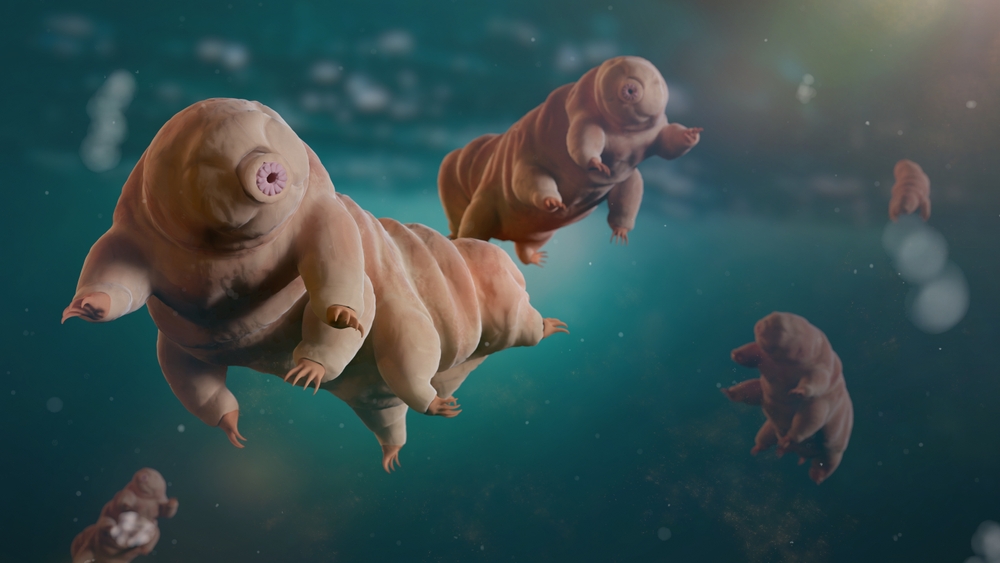
Tardigrades, or “water bears,” are microscopic creatures that can survive in the harshest conditions imaginable. They endure extreme temperatures, radiation, dehydration, and even the vacuum of space by entering a cryptobiotic state. Their near-indestructibility makes them a scientific marvel and a symbol of nature’s resilience. These tiny, almost invisible creatures could outlast nearly any catastrophe.
6. Pangolin: The Armored Enigma
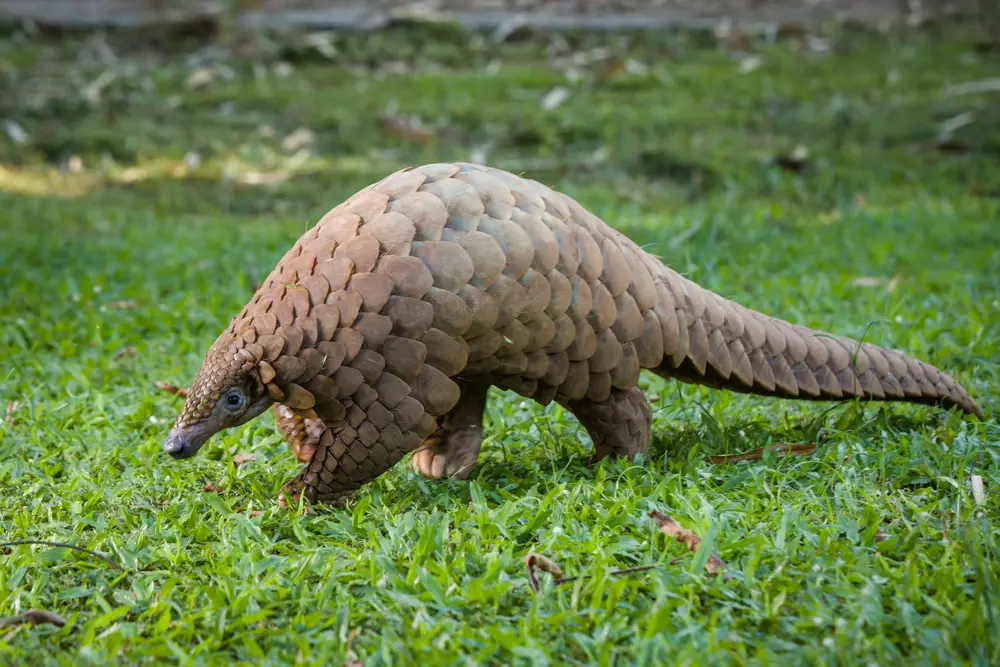
Pangolins are covered in tough, overlapping scales, making them look like real-life dragons. These nocturnal mammals use their scales as protection, rolling into a ball when threatened. Found in Asia and Africa, they’re also the only mammals with this unique adaptation. Despite their fascinating design, they’re critically endangered due to illegal poaching.
7. Mantis Shrimp: The Punching Powerhouse
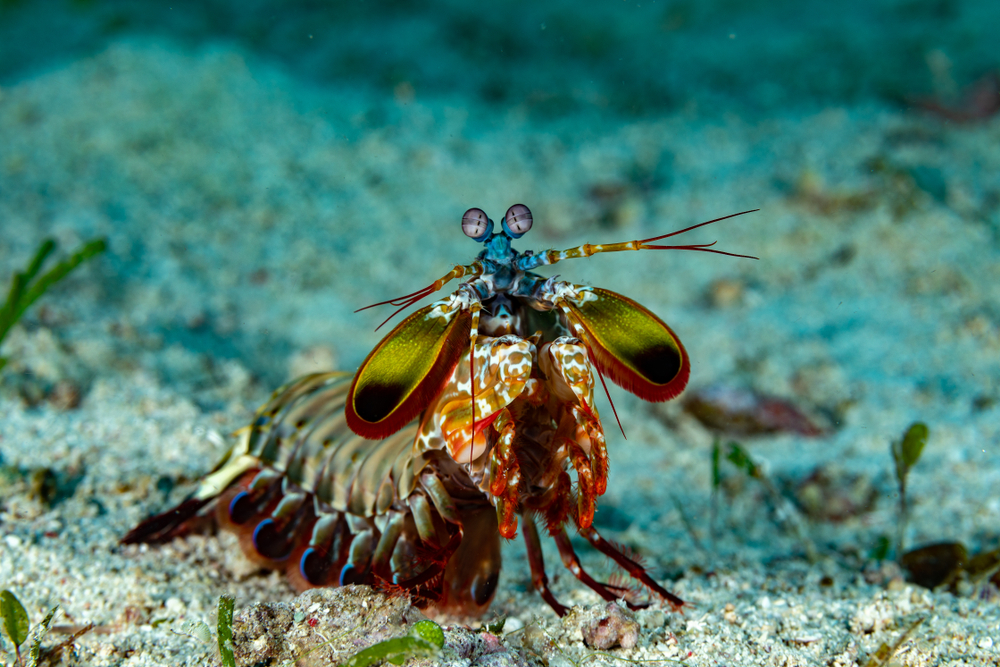
The mantis shrimp packs a punch faster than a bullet that’s capable of smashing through crab shells or aquarium glass. Its vibrant colors make it look like a tiny underwater rainbow, but this creature is all about function. Its club-like appendages strike with such force that they create cavitation bubbles, which release bursts of light and heat. Nature gave this shrimp the perfect balance of beauty and brute strength.
8. Saiga Antelope: The Space-Age Snout
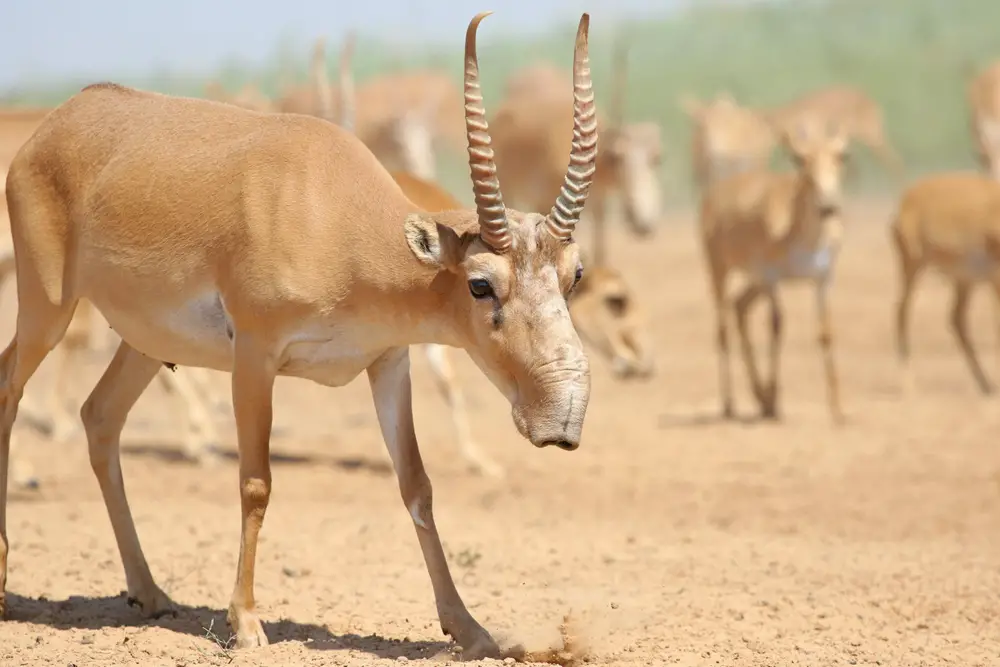
The saiga antelope’s bizarre, bulbous nose looks more suited to an alien than a steppe-dwelling mammal. Found in Central Asia, its snout helps filter dust during migration and regulates body temperature. This unique adaptation makes it a master of survival in harsh, arid climates. The saiga is living proof that evolution isn’t just practical and wildly imaginative.
9. Immortal Jellyfish: Death-Defying Marvel
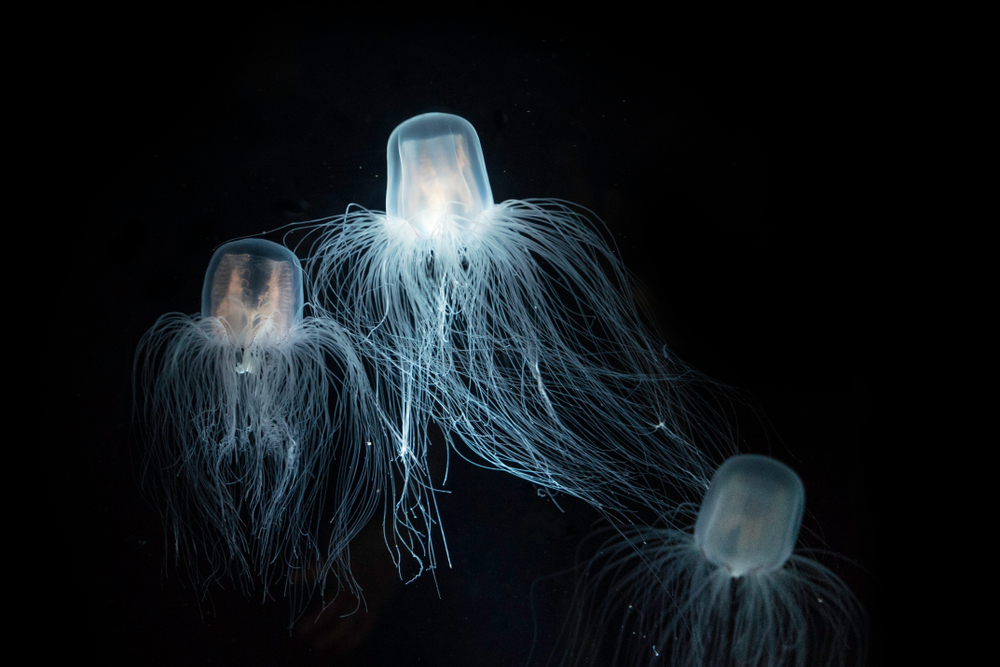
The immortal jellyfish defies aging by reverting its cells to an earlier life cycle stage. When faced with injury or starvation, it resets itself, starting life over as a polyp. Found in oceans worldwide, it’s a creature that has seemingly hacked the secret to eternal life. Its eerie resilience feels like something out of a sci-fi novel.
10. Okapi: The Giraffe’s Secret Cousin
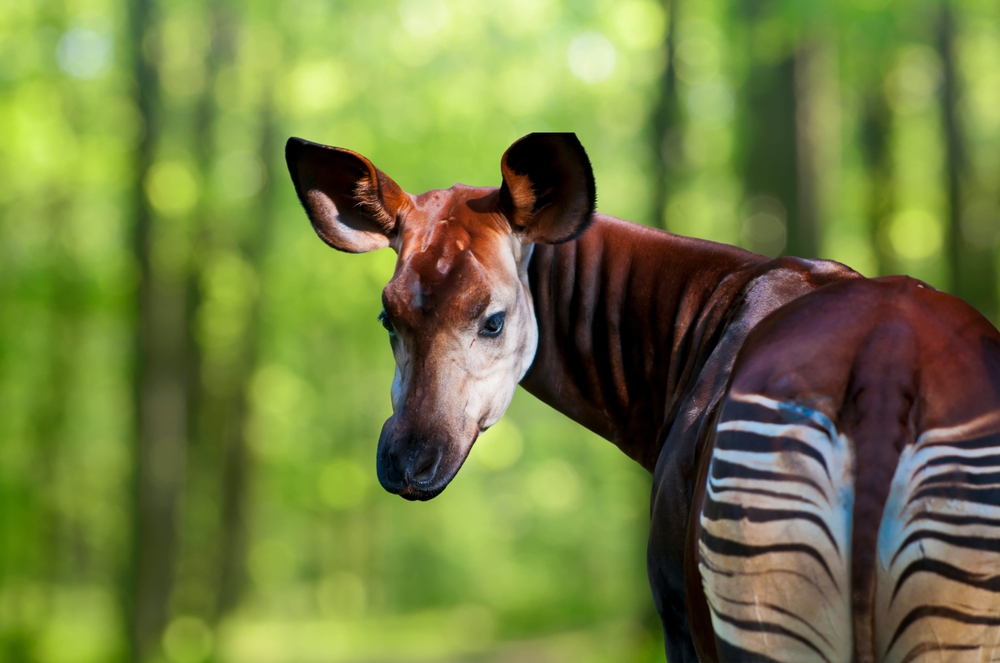
The okapi looks like a bizarre mix of animals, with a zebra’s striped legs and a giraffe’s long tongue. Native to the dense rainforests of the Congo, it’s the giraffe’s closest living relative. Its unique markings provide excellent camouflage in its shadowy forest home. The okapi’s strange beauty makes it one of the most intriguing creatures on Earth.
11. Narwhal: The Unicorn of the Sea
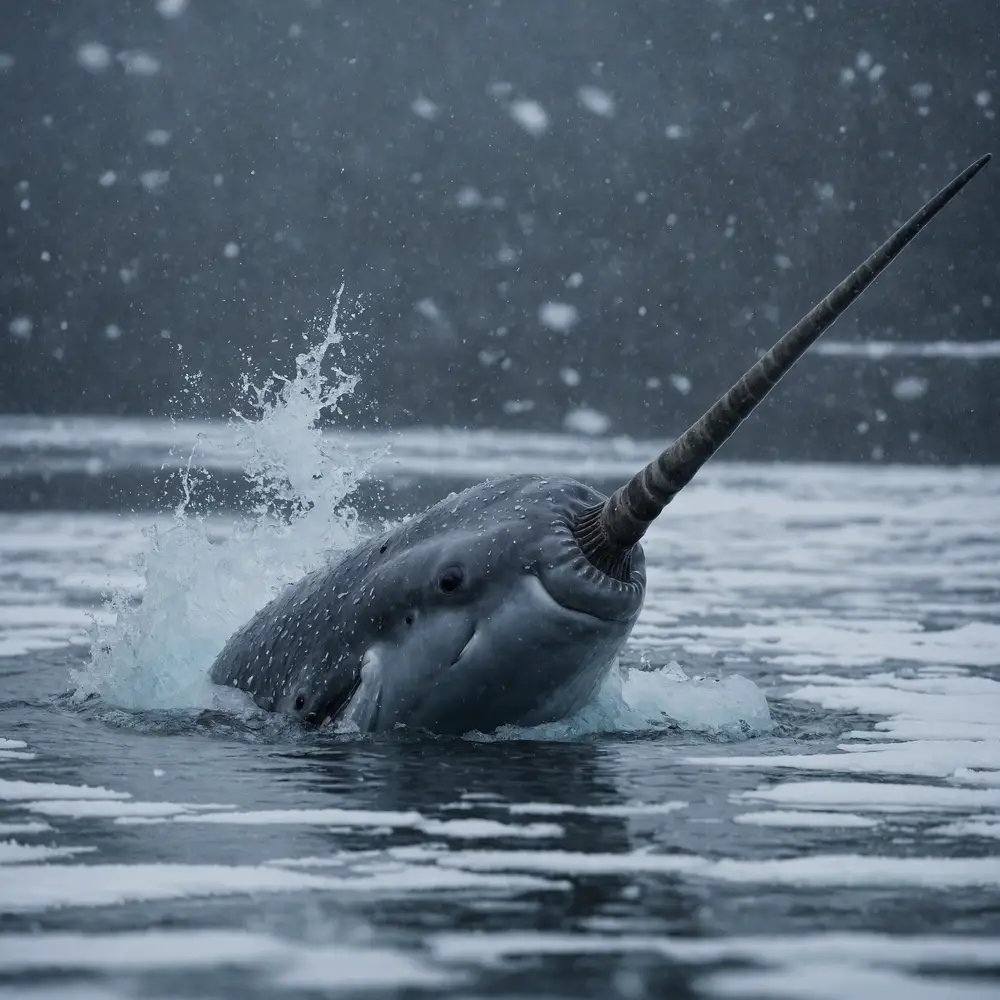
The narwhal’s long, spiraled tusk resembles something from a fairy tale, but it’s an elongated tooth. Found in Arctic waters, these elusive whales use their tusks to sense environmental changes. Despite their mythical appearance, narwhals are very real and just as magical in person. They remind us that the ocean holds secrets we’re only beginning to uncover.
12. Lyrebird: The Vocal Impersonator
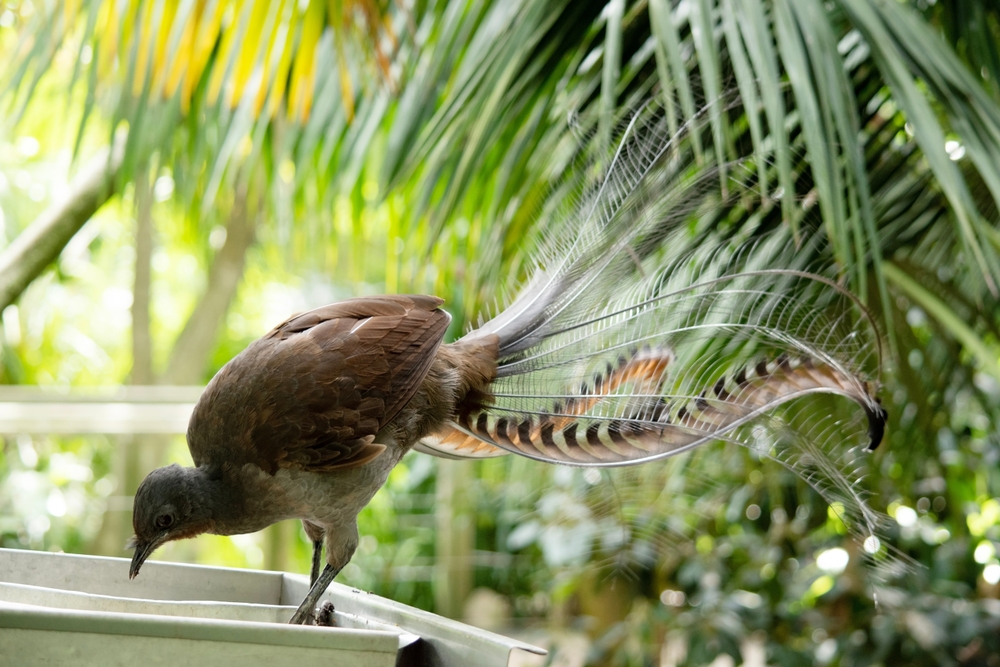
The lyrebird is a songbird with an incredible ability to mimic sounds, from chainsaws to camera shutters. Found in Australia, its vocal range is so diverse that it can imitate other birds and even human-made noises perfectly. During mating season, the males put on an elaborate vocal and visual display, complete with a fan of tail feathers. It’s the ultimate show-off in the animal kingdom.
13. Star-Nosed Mole: The Tentacled Tunnel Master
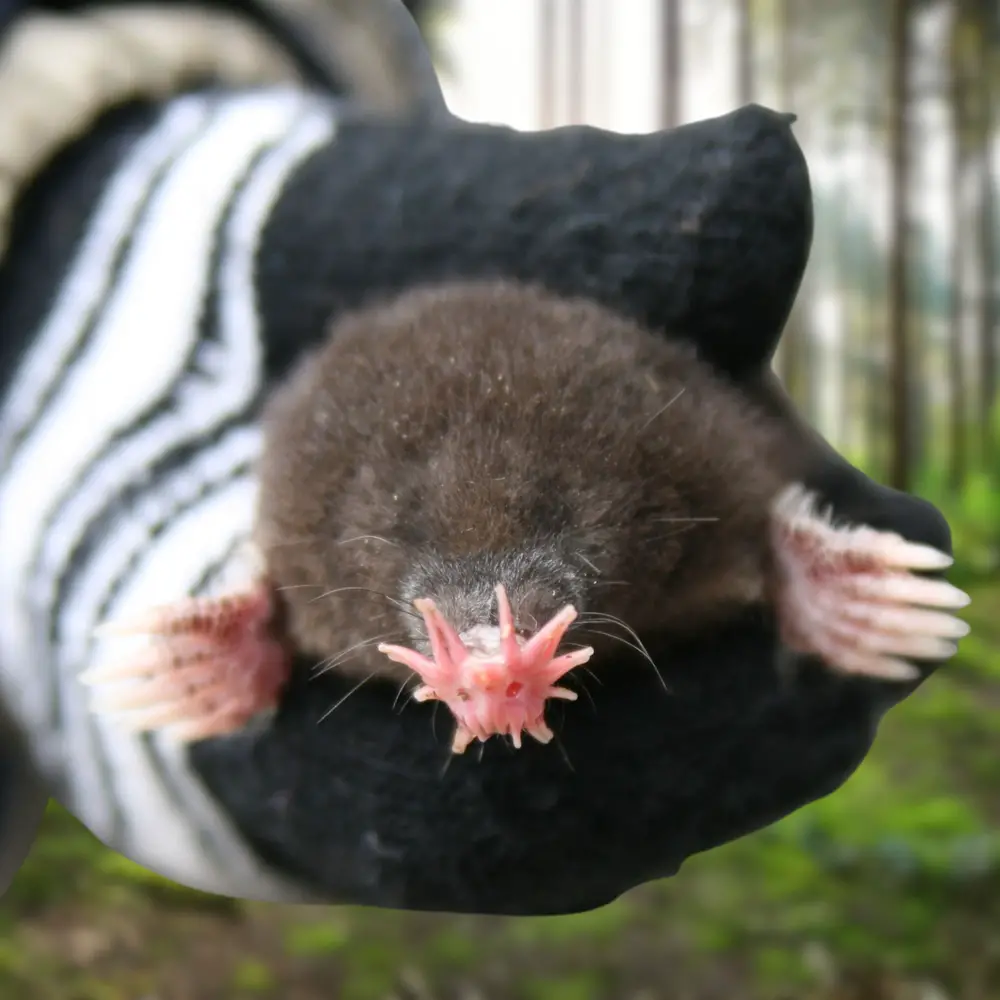
The star-nosed mole has a face like no other, with 22 fleshy tentacles radiating from its nose. These sensitive appendages help it navigate and hunt in total darkness, detecting prey in milliseconds. Found in North America’s wetlands, it’s one of the fastest eaters in the animal kingdom. Its bizarre appearance is as practical as it is unsettling.
14. Velvet Worm: The Slime Shooter
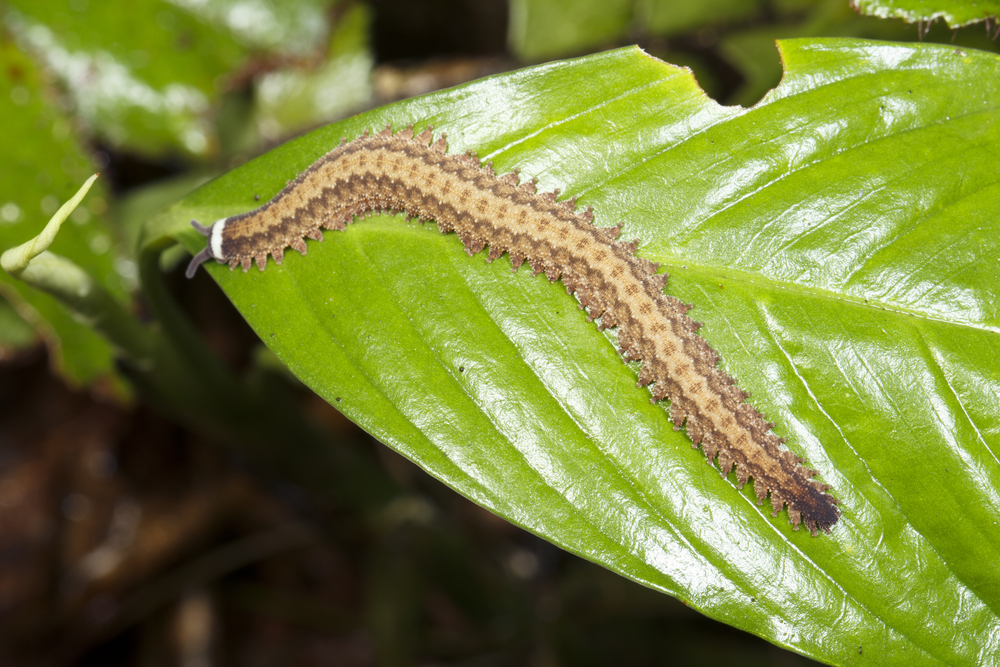
The velvet worm is a soft-bodied creature that looks harmless until it unleashes its bizarre weapon. It shoots a sticky slime from nozzles on its head to trap prey before devouring it. Found in tropical forests, this ancient creature has been around for over 500 million years. Its mix of weird and effective is a testament to nature’s ingenuity.
